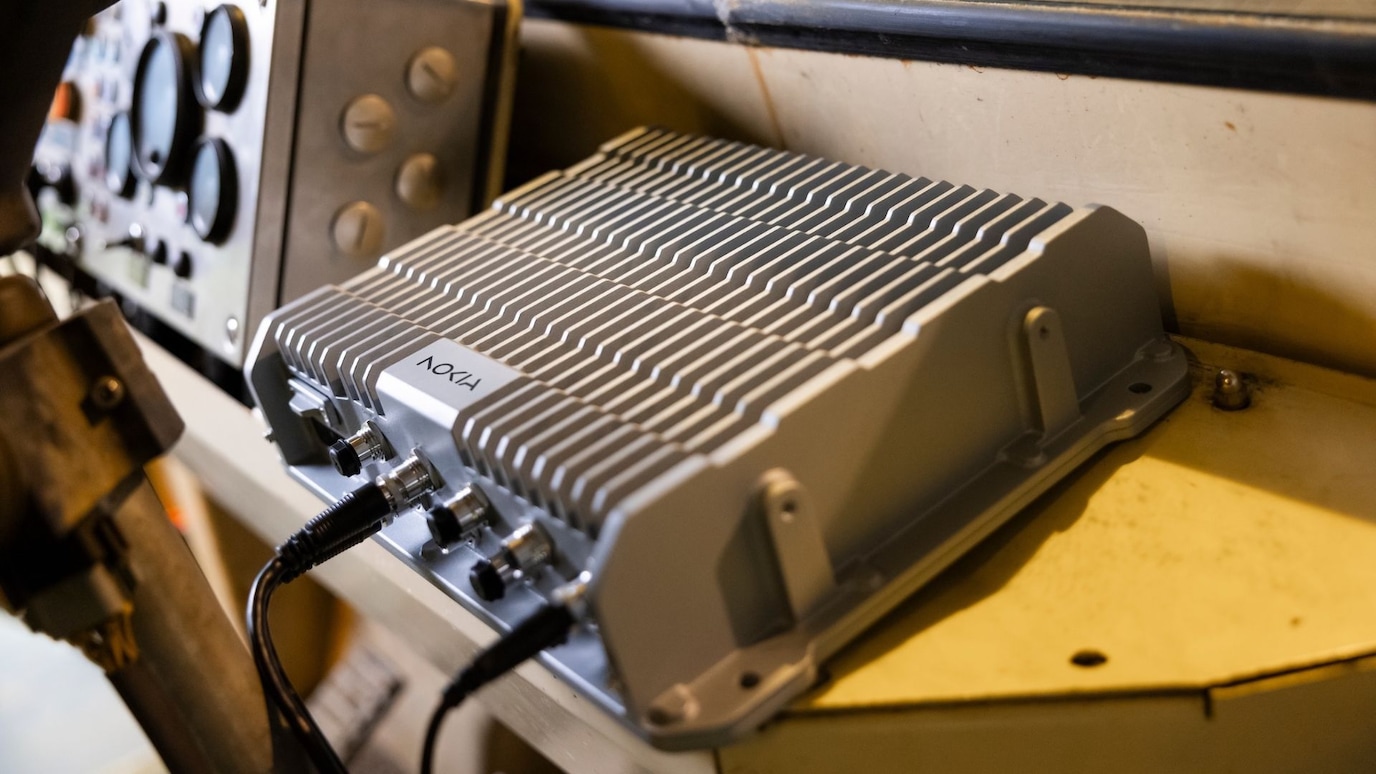Digital automation for industrial campus
Accelerate your digitalization journey with our Nokia edge compute and AI platform, powered by private wireless and Wi-Fi
Simplify your digital transformation journey
Join forward-thinking enterprises across many sectors who are realizing their digitalization goals with our proven edge compute and AI platform, powered by private wireless and Wi-Fi, to process data in real time and launch innovative digitalization and AI-driven use cases.
Digital transformation is in our DNA. And like you, we know it is essential to achieve higher operational efficiency, worker safety, and sustainability in daily operations. We understand that your IT and Operational Technologies (OT) are often incompatible with complex protocols, certifications, and skill gaps. And the big challenge is how to accelerate digital transformation and adopt new use cases, applications and devices while keeping your operation running. We can help you connect all your assets, machines and field workers so you can become data-driven and adopt zero-touch automation to transform your operations.
To simplify and accelerate this transformation, Nokia brings a flexible edge compute and AI platform that easily integrates into existing environments. The edge platform comes with private wireless connectivity and Wi-Fi, and provides access to our industrial marketplace, from which you can easily deploy ecosystem applications and a range of ruggedized industrial devices for workers and machines. Provided as a service, the platform keeps data secure and on-premise to launch real-world AI use cases fast, getting your operation ready for the AI-driven industrial campus of tomorrow.

Connectivity solutions
Easy to deploy connectivity solutions you can rely on
Explore connectivity solutions on dac.nokia.com
(opens a new tab)

Edge on-premises
Leverage secure local OT edge computing
Explore MX Industrial Edge on dac.nokia.com
(opens a new tab)

Industrial applications
Gain business insights and improve efficiency, safety and sustainability with industrial applications
Explore our application portfolio on dac.nokia.com
(opens a new tab)

Devices
Ruggedized 4G & 5G devices and user equipment
Explore our industrial devices on dac.nokia.com
(opens a new tab)
Explore use cases that boost efficiency, safety and sustainability

Worker safety
See how digitalization technology plays a crucial role in keeping workers safe and reducing accidents.
Explore worker safety on dac.nokia.com
(opens a new tab)

Sustainability
Discover technologies and use cases that drive both operational efficiency and sustainability goals.
Explore industrial sustainability on dac.nokia.com
(opens a new tab)

Multi-layer connectivity
Combine the power of Wi-Fi and 4.9G/5G private wireless to boost operational continuity and uptime.
Explore multi-layer connectivity on dac.nokia.com
(opens a new tab)

Asset tracking
Use real-time location insight to recover missing items, optimize asset utilization, and improve worker safety.
Explore real-time tracking and positioning on dac.nokia.com
(opens a new tab)
TCO Calculator
Compare the cost of your industrial site wireless critical connectivity options
Private Wireless Sustainability Calculator
See how digitalization can improve your environmental footprint and worker safety
Latest blogs
Customer success
Learn more

Blog

Blog

Blog

Blog

eBook

Blog

Blog

Blog





































